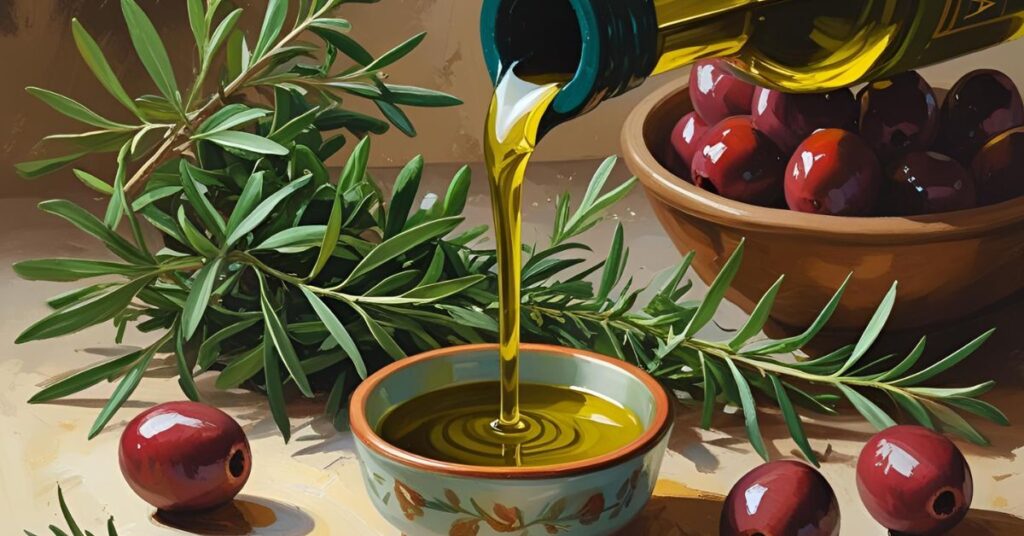
What ‘Cold Pressed’ Really Means

Understanding Olive Oil Labels: What ‘Cold Pressed’ Really Means
Walk through any grocery store’s oil aisle and you’ll be bombarded with labels: “Extra Virgin,” “First Cold Pressed,” “Unfiltered,” “Pure,” and of course, “Cold Pressed.” These terms may sound impressive, but unless you know what they truly mean, you could be paying a premium for something you don’t fully understand.
Today, let’s dive into one of the most misunderstood olive oil label terms: “Cold Pressed.”
What Does “Cold Pressed” Actually Mean?
“Cold pressing” is a method of extracting oil from olives without using heat or chemicals. In technical terms, the oil is extracted at a temperature below 27°C (80.6°F) to preserve its natural flavors, aromas, and nutrients.
The word “pressed” refers to traditional methods where olive paste was literally pressed between mats using a stone mill. While modern production has shifted to centrifugation (spinning the paste to separate oil from solids and water), the term has stuck—so “cold pressed” today means cold-extracted.
Why Cold Pressing Matters
Here’s why cold pressing is a big deal:
- Preserves Nutrients: No heat means delicate antioxidants like polyphenols and vitamin E stay intact.
- Superior Flavor: Cold pressing maintains the vibrant, peppery, grassy notes that define high-quality olive oil.
- Higher Quality Standards: Cold pressed oils are typically associated with extra virgin grades, which require low acidity and no sensory defects.
Is “Cold Pressed” Always a Guarantee of Quality?
Not necessarily.
While it sounds fancy, the phrase “cold pressed” isn’t regulated uniformly worldwide. In some cases, brands may use it for marketing—even if their oil doesn’t meet true extra virgin standards.
Here’s what you should look for alongside “cold pressed”:
-
- Extra Virgin Olive Oil (EVOO): This is the highest grade. It must be cold extracted and pass both chemical and taste tests.
- Harvest Date: Freshness matters. Olive oil doesn’t age like wine—it degrades over time.
- Dark Glass Bottle or Tin: Protects the oil from light and oxidation.
Avoid These Misleading Terms
Some labels are designed to confuse. Here are a few red flags:
- “Pure” Olive Oil: Ironically, this means it’s refined, lacking flavor and nutrients.
- “Light” Olive Oil: This refers to color and flavor, not calories—and usually means heavy processing.
- “Imported from Italy” (Only): This doesn’t mean the olives were grown or pressed in Italy—it could just be where it was bottled.
Final Takeaway
“Cold pressed” is a good starting point, but it doesn’t tell the full story. If you truly want high-quality olive oil, look for:
- Extra Virgin grade
- Harvest date within 12 months
- Country of origin (ideally a single estate)
- Cold extracted or cold pressed
- Dark packaging
Remember: real olive oil is fresh, flavorful, and a bit bold—it should make you feel like you’re tasting the Mediterranean sun in every drop.